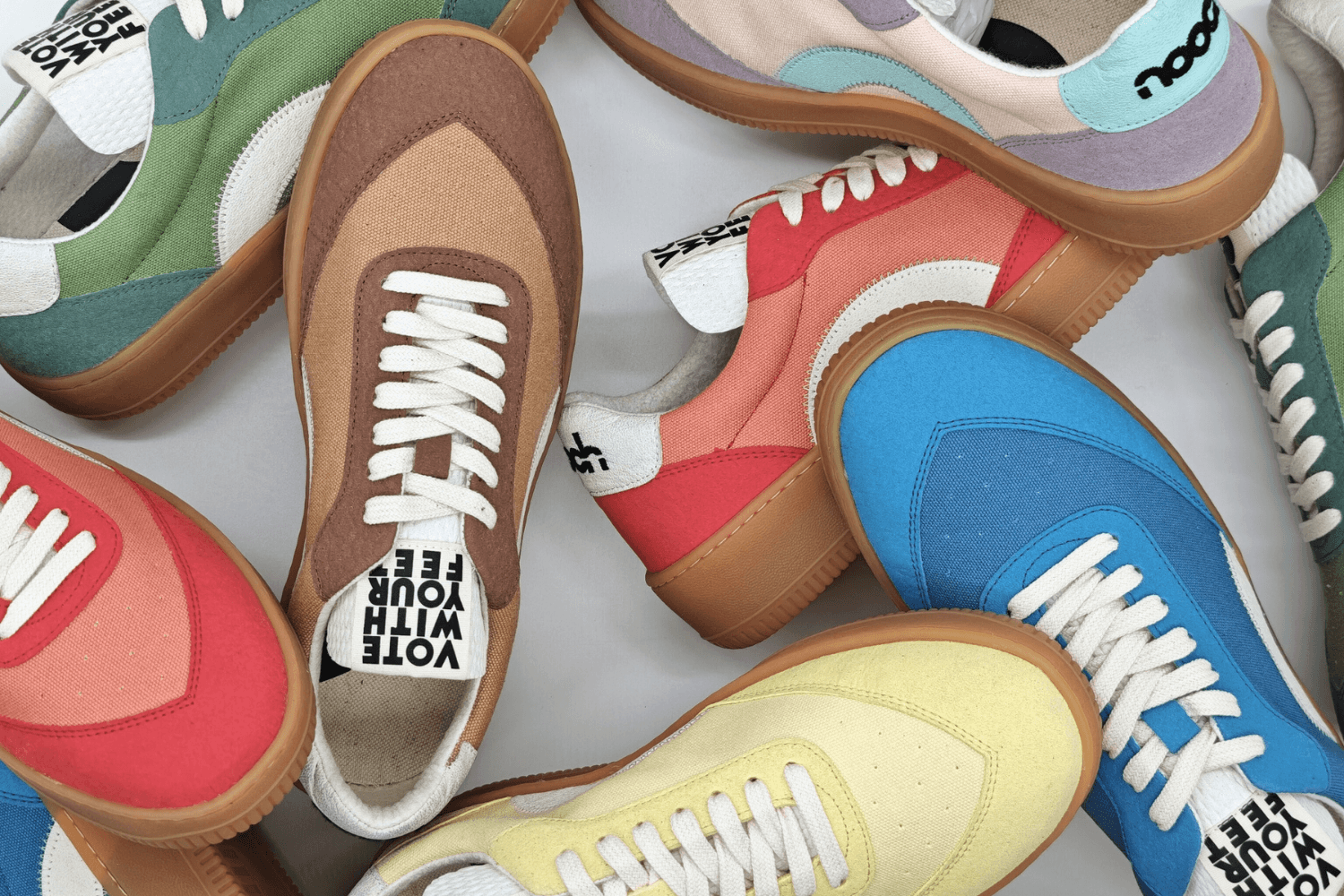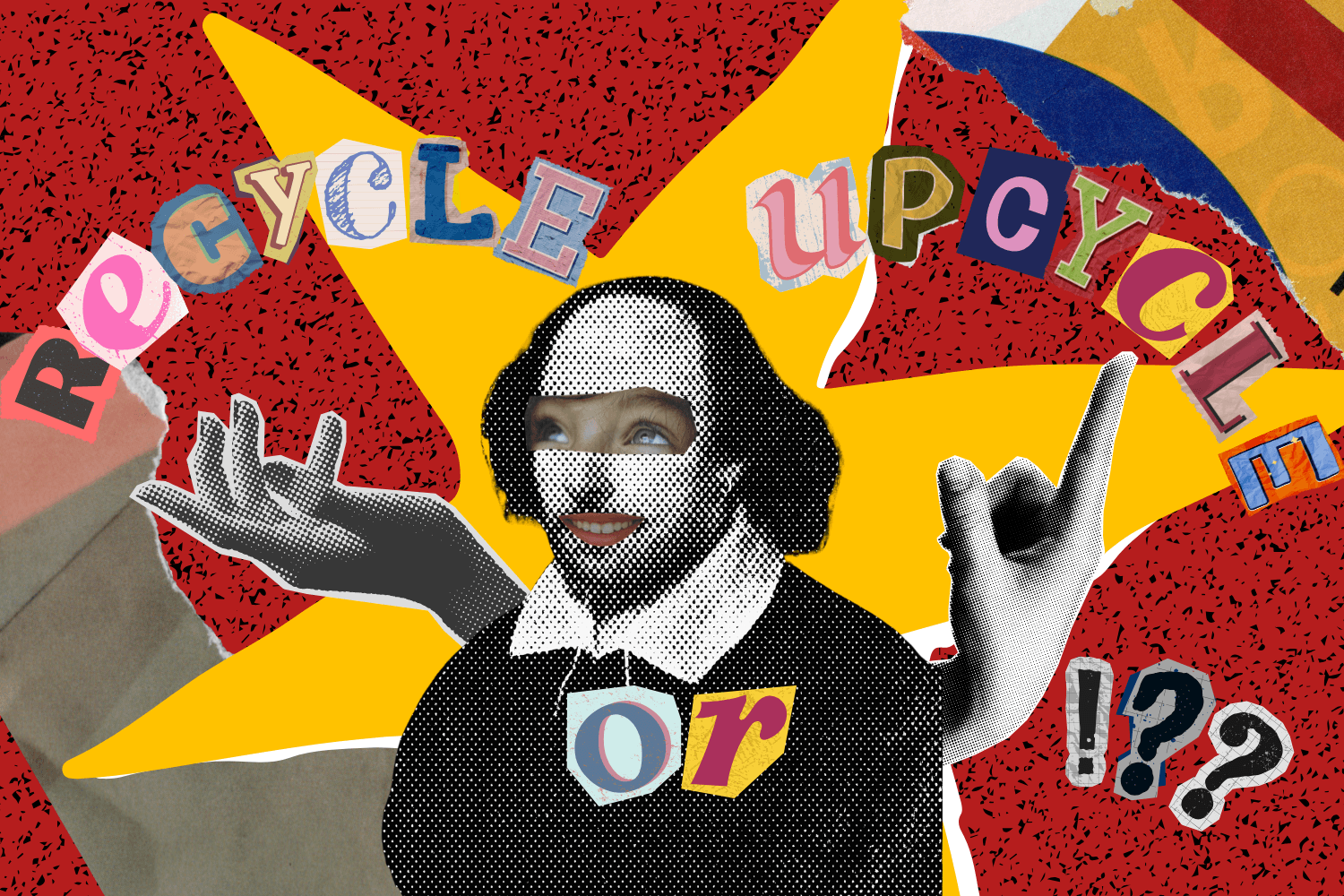The global footwear industry produces billions of pairs of sneakers each year, contributing significantly to environmental waste and carbon emissions. With increasing awareness of the detrimental impact that the fashion industry has on the environment, both companies and consumers are seeking more sustainable options and solutions.
One approach is the refurbishment of sneakers which has emerged as a practical and responsible alternative to buying new shoes.
What are refurbished sneakers?
Refurbished sneakers are shoes that have been returned, used, or have minor flaws that are then cleaned and repaired to be restored to a sellable condition. Unlike used shoes that are sold on second-hand markets, refurbished sneakers undergo a formal inspection and refurbishment process before being sold to consumers.
This approach is part of a growing movement towards more sustainable production and consumption systems. For instance, Nike Refurbished is a program launched in 2021 that is designed to extend the lifespan of Nike footwear by reselling shoes that would otherwise go to waste.
 Image source: Nike Refurbished
Image source: Nike Refurbished
What does refurbished mean in footwear?
When a sneaker is described as refurbished, it means that it has been:
Returned
Evaluated by professionals for wear and damage
Cleaned thoroughly both inside and out
Repaired where needed
Graded according to its condition
The refurbished process ensures that the product is functional, hygienic, and suitable for resale, even if it is no longer in a brand new condition.
Refurbishment conditions
Programs like the Nike Refurbishment categorise refurbished sneakers based on their conditions, to inform customers about the state of the product. These categories are:
Like new: shoes show minimal or no signs of wear
Gently worn: shoes have visible wear but are still in very good condition
Slightly imperfect: shoes may be unworn but have signs of visual imperfections that do not affect functionality
How does the refurbished process work?
The refurbishment process typically involves a series of steps. The first step is the collection, where customers return their shoes to a retailer or brand program (such as Nike Refurbished and Wear). The next step is inspection, where each pair of shoes is examined to determine whether they qualify for refurbishment based on their wear, damage, and hygiene. The approved shoes are then cleaned, sanitised and undergo minor repairs such as repainting or stitching. Once refurbished, the shoes are labelled with their condition category and repackaged for sale. Lastly, they are sold online or in designated resale stores, often at reduced prices.

Where can I buy refurbished sneakers?
Customers can purchase refurbished sneakers through both brand-led initiatives and independent retailers. A few examples are:
WEAR (Netherlands): A Dutch company that specialises in refurbished sneakers from a variety of brands such as Adidas, Nike, Converse... Shoes can be purchased via their website or a physical location in Rotterdam.
Nike Refurbished: Available at selected Nike stores worldwide, a store locator is available on Nike's website.
Other sustainable retailers or marketplaces: Some emerging platforms focus on selling restored or certified second-hand sneakers with quality control
Where can I bring my shoes to be refurbished?
If you own sneakers that you would like to have professionally refurbished, there are a few options to choose from. Customers can bring their shoes to refurbishment stores, like WEAR, directly through their website. Many urban areas now have sneaker care shops that offer deep cleaning, sole restoration and other custom repairs.
Another option would be to try DIY sneaker care kits for basic maintenance of your sneakers; these are widely available and suitable for at-home use.
Pros and Cons of refurbished sneakers
Pros:
Environmental Impact: Refurbishing sneakers extends their life span and helps reduce waste and overproduction. Most sneakers are made up of toxic, non-biodegradable materials that are dumped in landfills.
Affordability: Refurbished sneakers are typically sold at a lower price than new ones.
Access to unique models: Limited editions or discontinued styles may become available again through refurbishment programs.
Cons:
Signs of wear: Even when in good condition, refurbished shoes may still show some signs of use.
Shorter warranty: Some refurbished items may not come with the same return or warranty policies as new products.
Limited availability: Not all styles, sizes, or models are always available.

Image source: Nike Refurbished
Refurbished sneakers offer an affordable and sustainable alternative to buying new footwear. As programs like Nike Refurbished and Wear are examples that demonstrate, refurbished products can meet high-quality standards while supporting a circular economy.
For environmentally-conscious customers or those looking to save money without compromising on style, refurbished sneakers represent an increasingly available and suitable option.
Read more about similar topics on Reflawn's news page.
What are refurbished sneakers?
Refurbished sneakers are previously returned or slightly used shoes that are professionally cleaned, repaired, and restored to a sellable condition. Unlike standard second-hand shoes, refurbished sneakers go through a formal inspection and refurbishment process before being resold.
What does the refurbishment process involve?
The refurbishment process involves:
- The collection of returned/used shoes
- Professional inspection for damage and hygiene
- Cleaning, sanitation, and repair
- Grading into a category for the sneaker's condition (Like New, Gently Worn, Slightly imperfect)
Where can I buy refurbished sneakers?
You can buy refurbished sneakers through different platforms. Here are some examples.
- WEAR (Netherlands)
- Nike Refurbished
- Sustainable retailers or marketplaces









